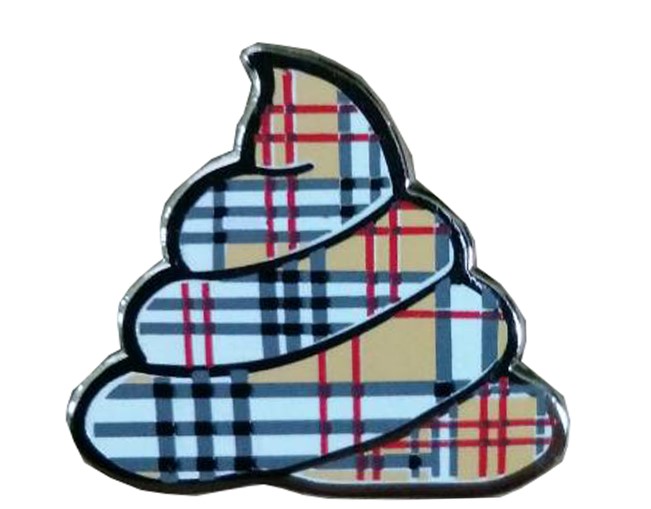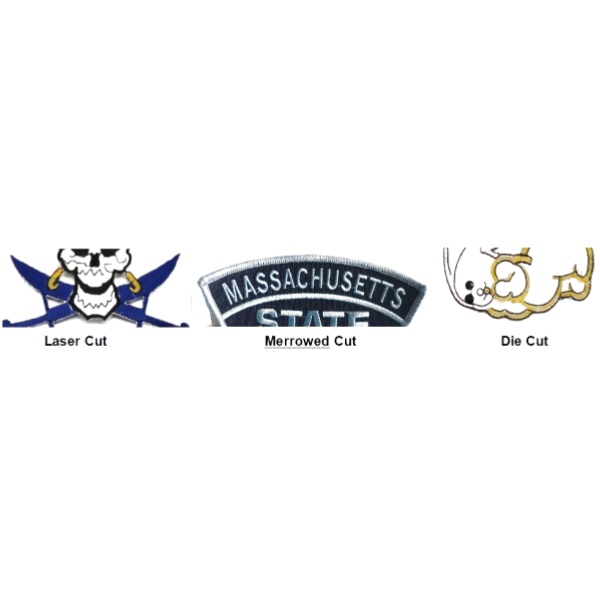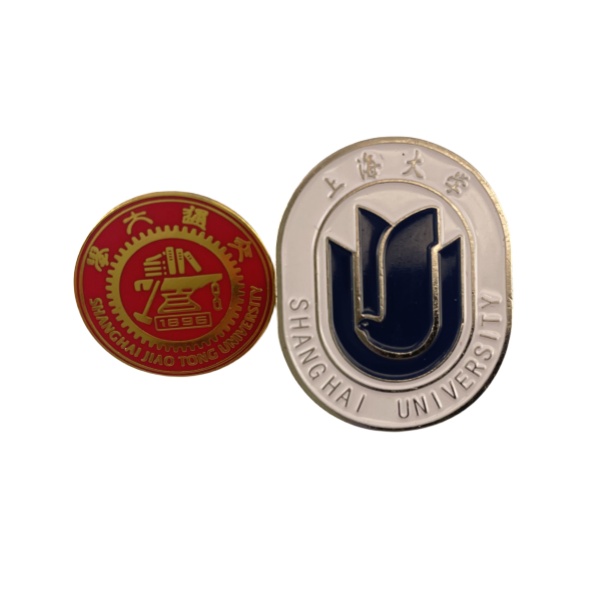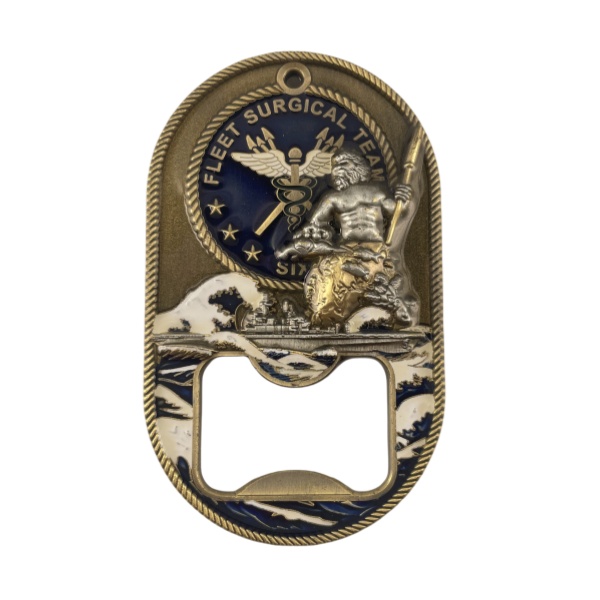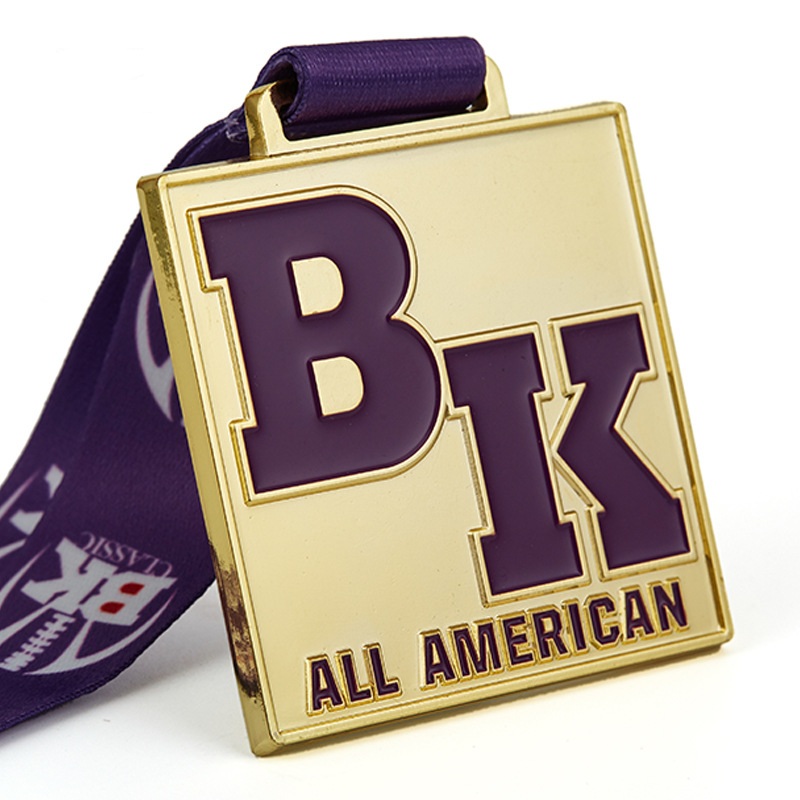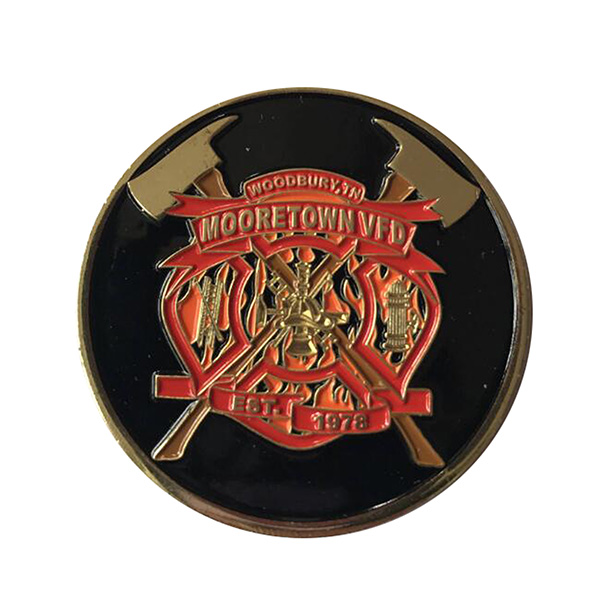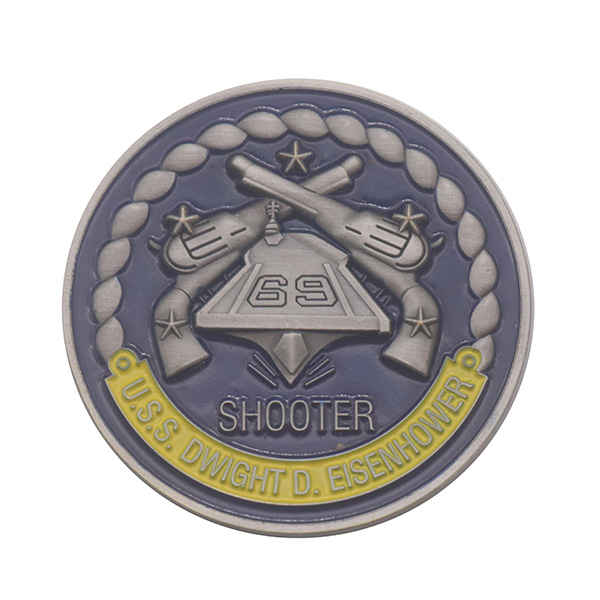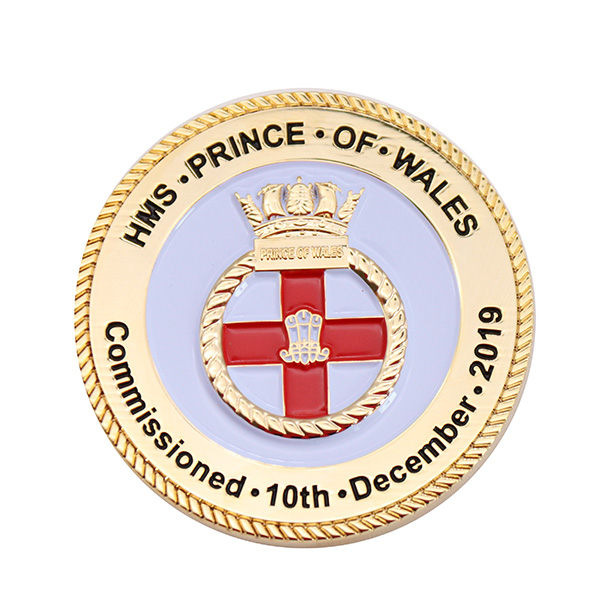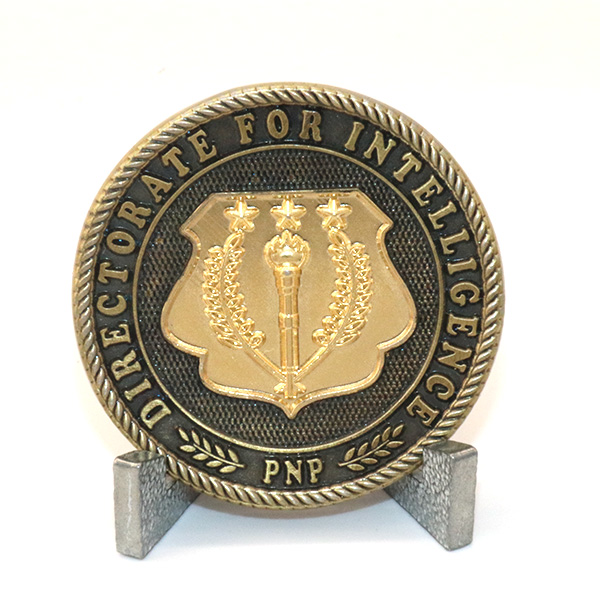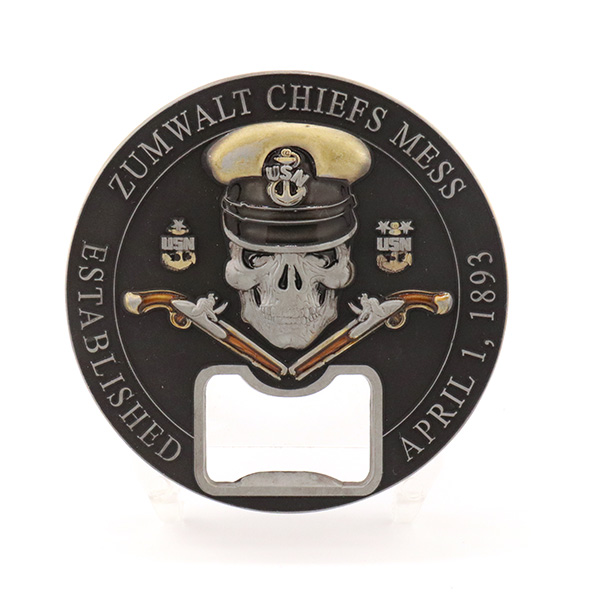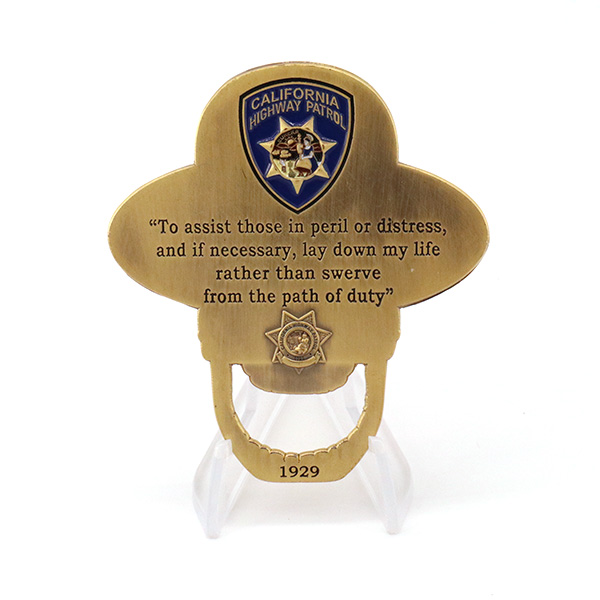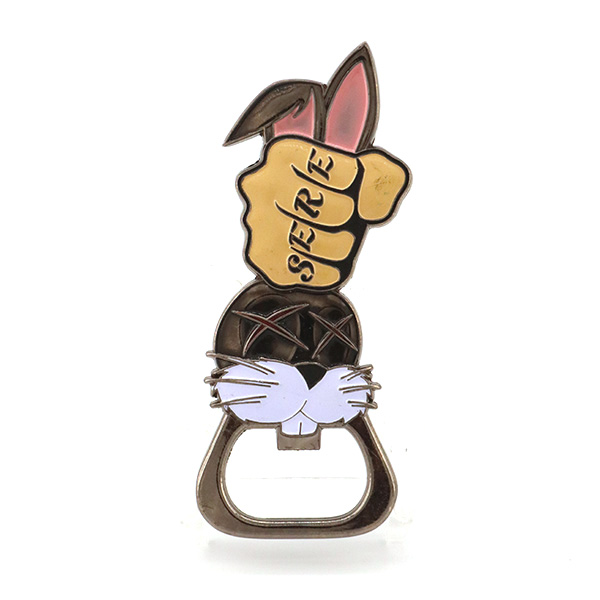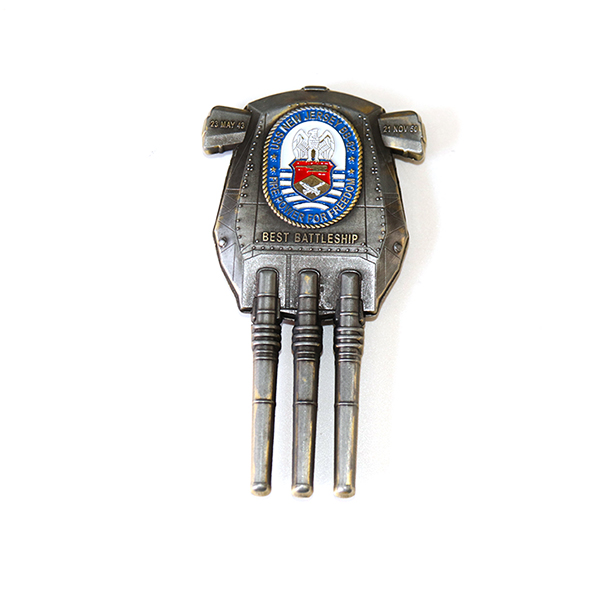The Craftsmanship of Challenge Coins
Challenge Coin is a special commemorative item derived from military traditions which is often used to denote a sense of belonging, honor and teamwork in an organization, group or team. They are popular not only in the military, but are also widely used by police departments, fire departments, businesses and other organizations. The process of making challenge coins involves a number of components, including design, material selection, and production process. The following is a detailed description of the challenge coin production process.
1. Design stage
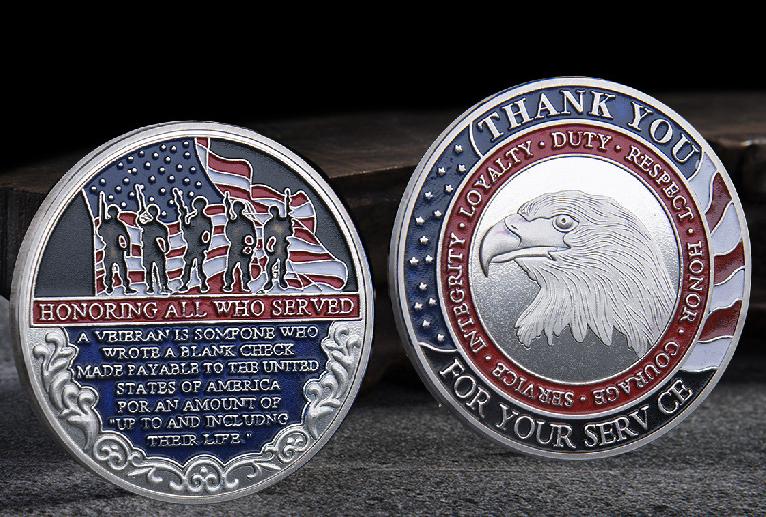
The design of challenge coins is a crucial part of the whole production process. The design phase usually includes the following steps:
a. Conceptualization:
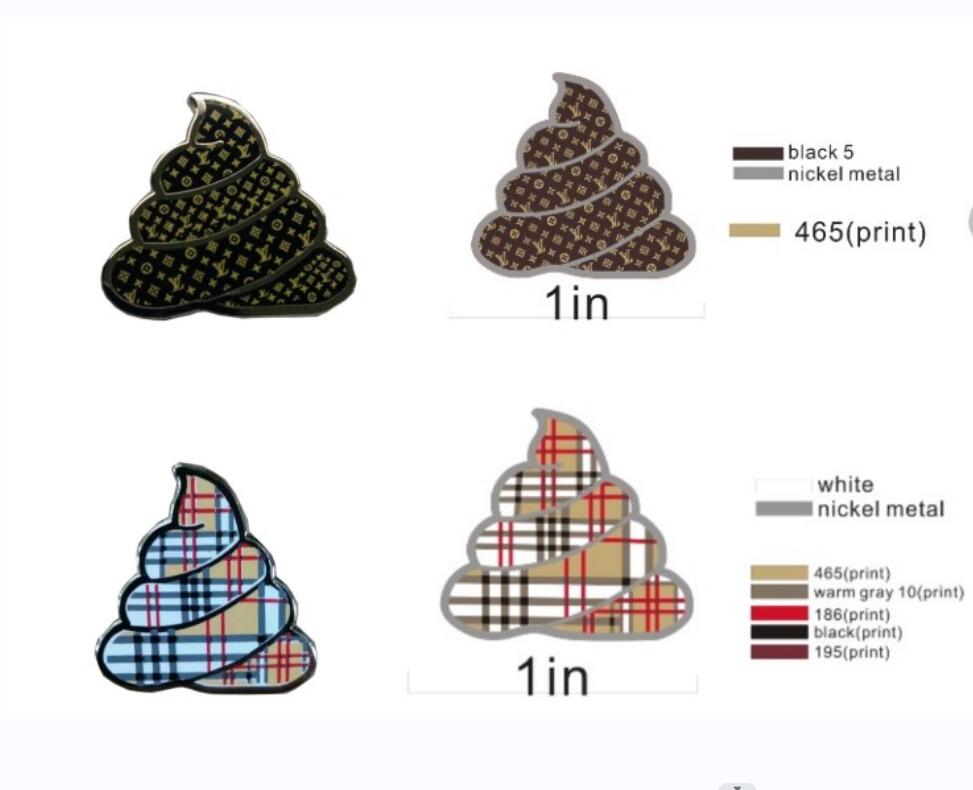
Before designing a challenge coin, it is first necessary to determine its purpose, theme and style. This may involve communicating with representatives of the organization or team to understand their needs and preferences.
b. Creative Conceptualization:
The designer begins to conceptualize the overall appearance, patterns and elements of the challenge coin based on the requirements of the conceptualization phase. This includes selecting appropriate shapes, colors, patterns, and textual content.
c. Preliminary Design:
The designer translates creative ideas into preliminary design sketches or digital models. This stage usually involves several revisions and refinements until client satisfaction is achieved.
d. Final Design:
Once the preliminary design is finalized, the designer works on the final design and converts it into a digital file or vector drawing suitable for production.
2. Material Selection
Material selection for the challenge coin is critical to the final quality and appearance. Commonly used materials include:
a. Metal:
Challenge coins are usually made of metal, and common metal materials include brass, copper, and zinc alloys. Metallic materials provide a nice texture and weighty feel, giving challenge coins a more upscale look.
b. Color Coating:
In order to increase the visual effect and personalization of challenge coins, the metal surface is usually treated with color coatings. Common coatings include enamel, soft enamel, and silkscreen.
c. Other Decorations:
In addition to metal and color coatings, challenge coins can also have other decorative elements added, such as crystals, ceramics, rubber, etc., to enhance their uniqueness and aesthetics.
3. Production process
The production process of challenge coins usually includes the following major steps:
a. Cutting:
First, according to the final design, the metal plate is cut into the corresponding shape of the Challenge Coin base plate using processes such as laser cutting or die cutting.
b. Engraving/Printing:
Engrave or print patterns, text and other decorative elements on the challenge coin base plate according to the design requirements. Engraving can be done using techniques such as mechanical engraving or chemical etching.
c. Color Coating:
For challenge coins that require color coating, the surface of the base plate is cleaned and treated, and the color coating is applied using a process such as spraying or dipping.
d. Polishing/Buffing:
Challenge coins are polished or frosted to increase their gloss and texture. This step results in a smoother and more refined surface of the challenge coin.
e. Assembly:
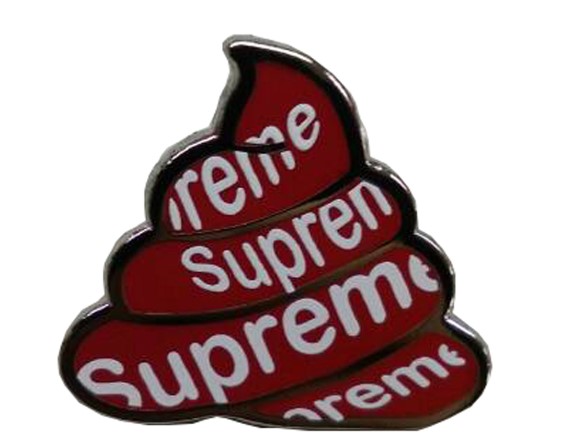
Assembles the various components of the challenge coin, including the backing plate, artwork, and coatings. Assembly is usually done by welding, gluing, or mechanical fastening.
f. Quality Inspection:
The completed challenge coins need to go through strict quality inspection to ensure that their appearance, size and quality meet the design requirements and customer expectations.
4. Packaging and Delivery
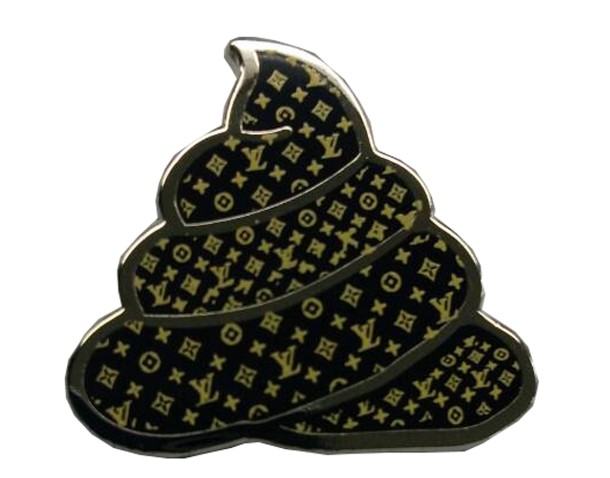
Finally, the completed Challenge Coins will be packaged, with marking and customized packaging according to the customer’s requirements. The challenge coins will then be delivered to the client or distributed to team members.
The process of making Challenge Coins requires meticulous design and high level production techniques to ensure the quality and aesthetics of the final product. Every step of the process needs to be carefully executed and quality controlled to meet the needs and expectations of the client.
